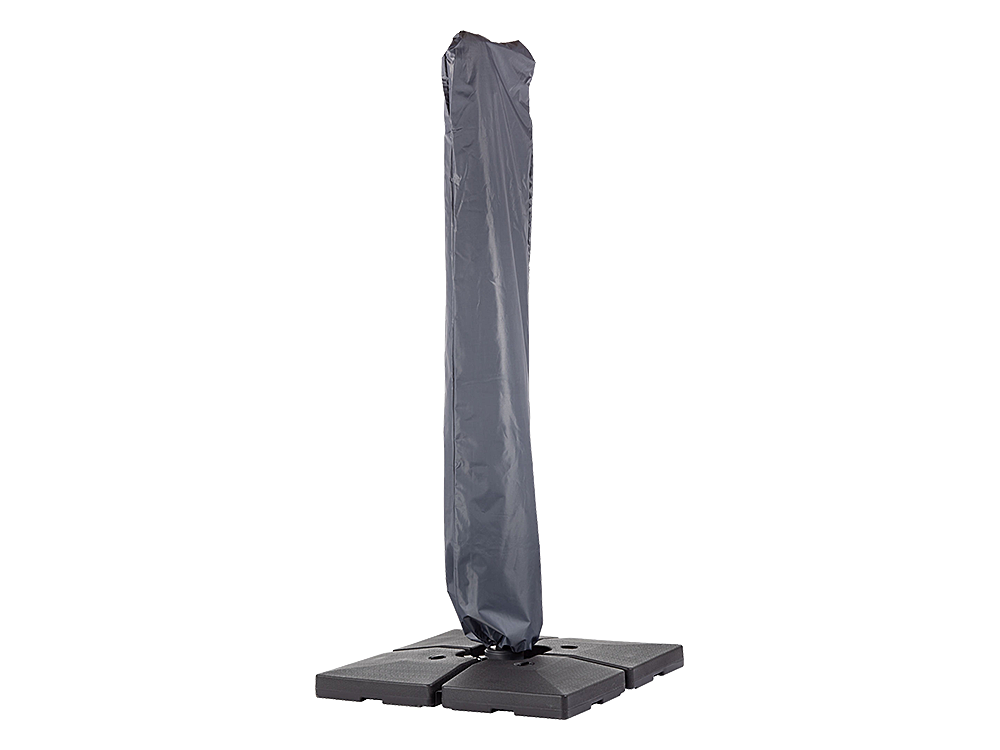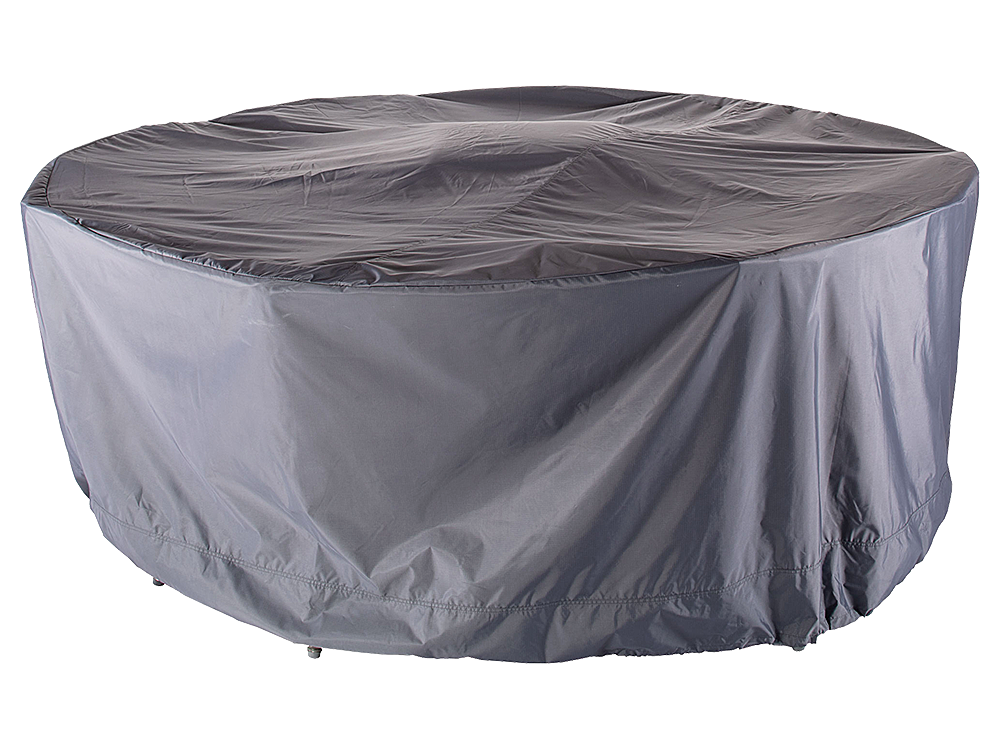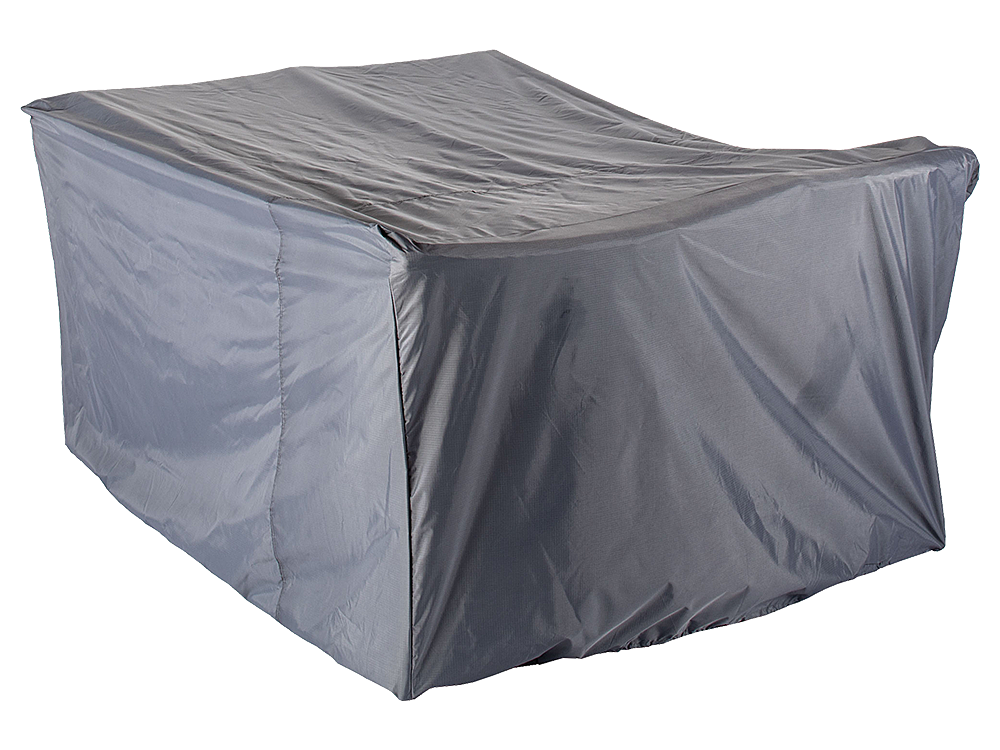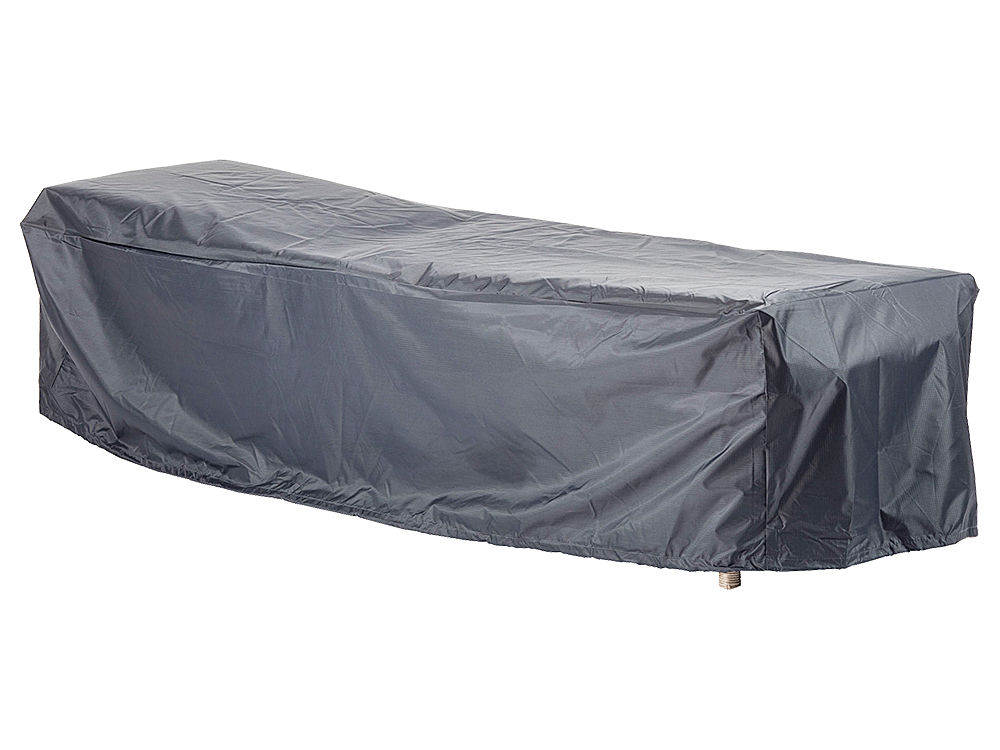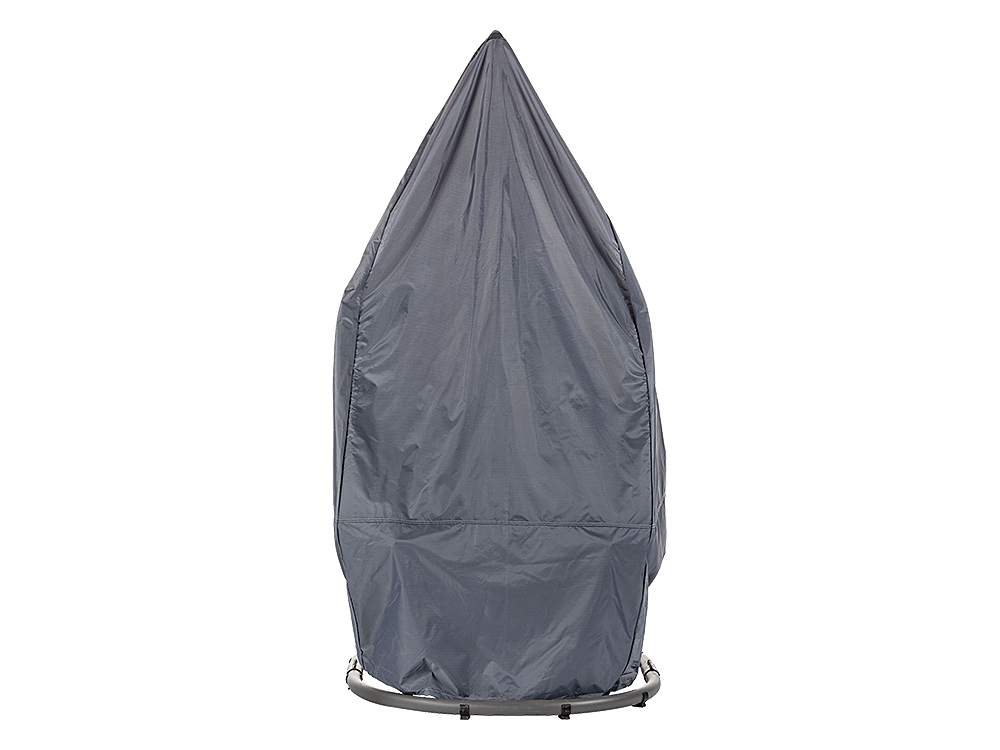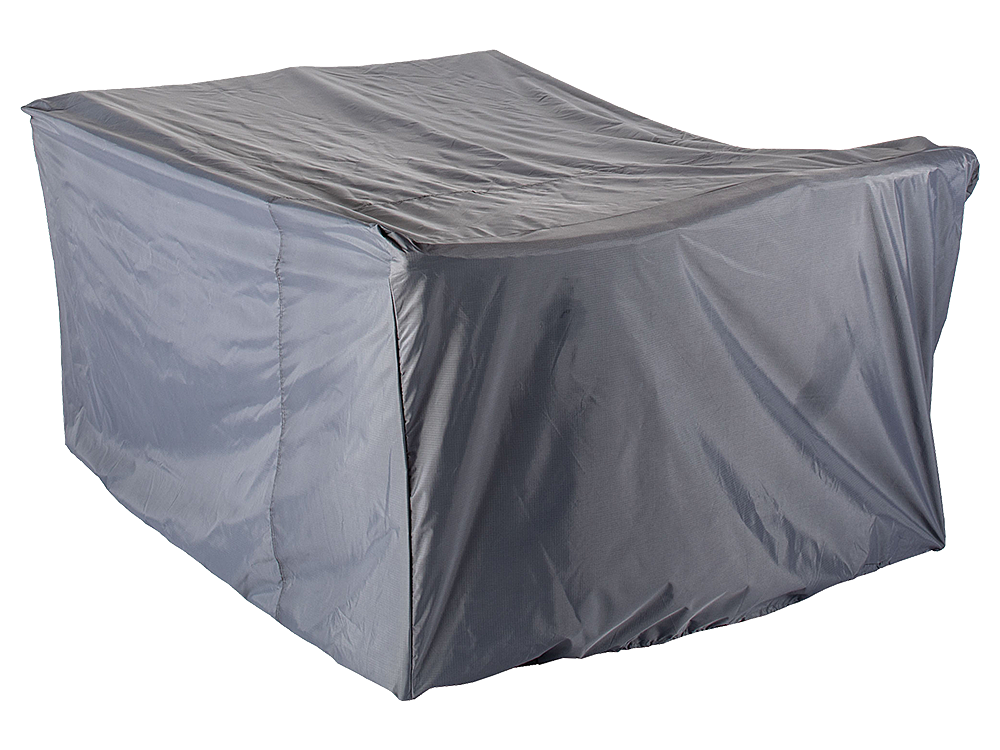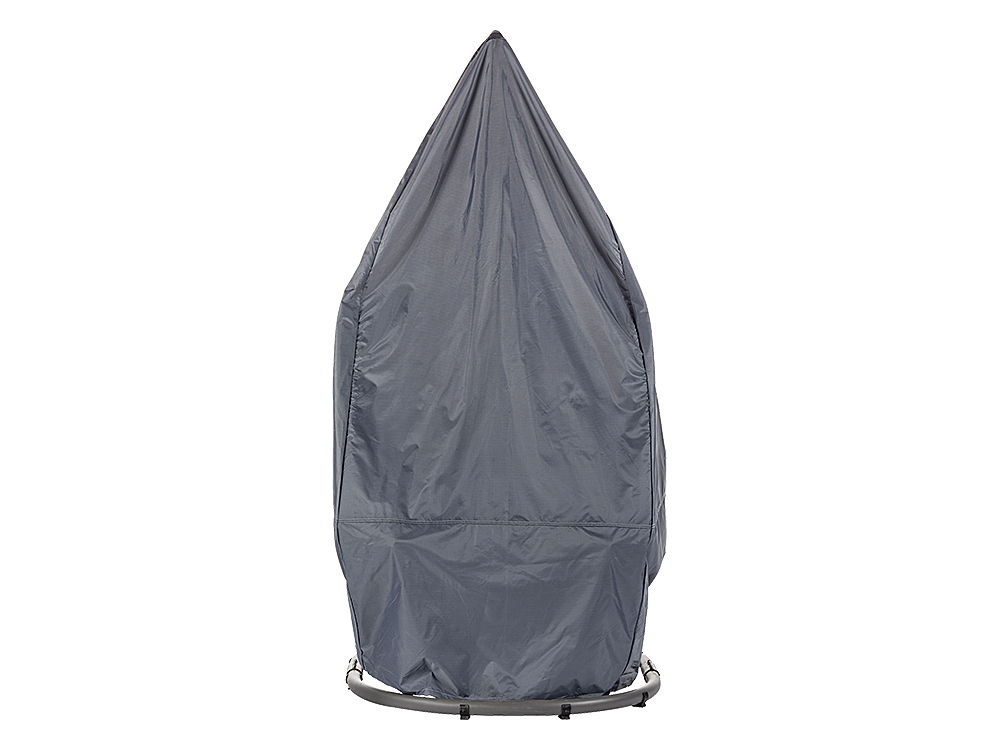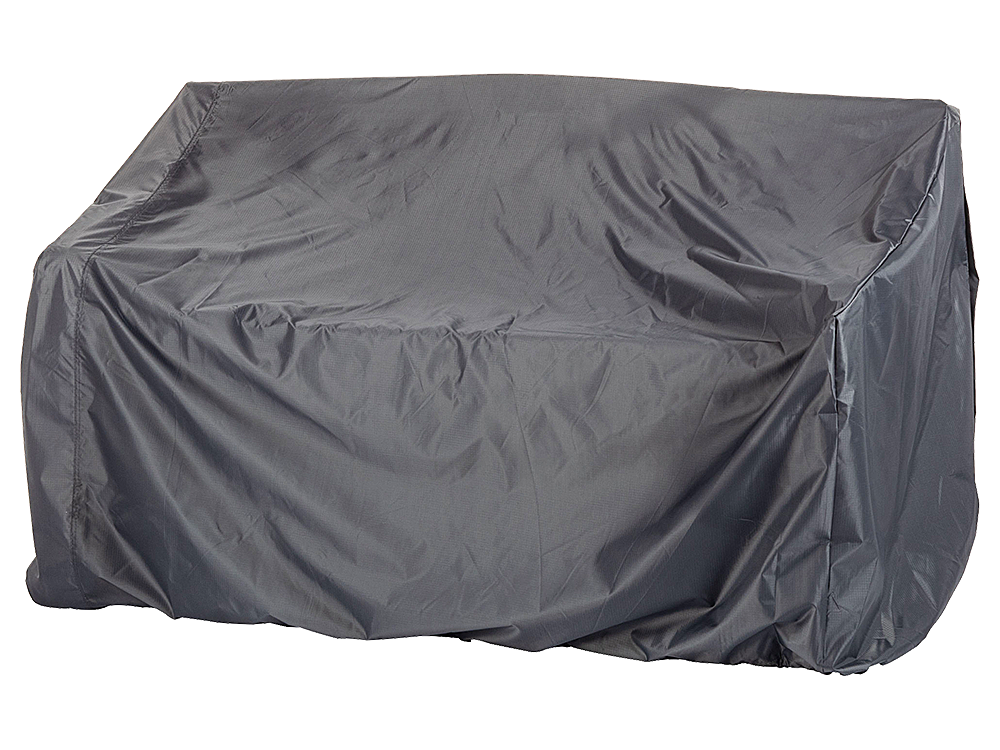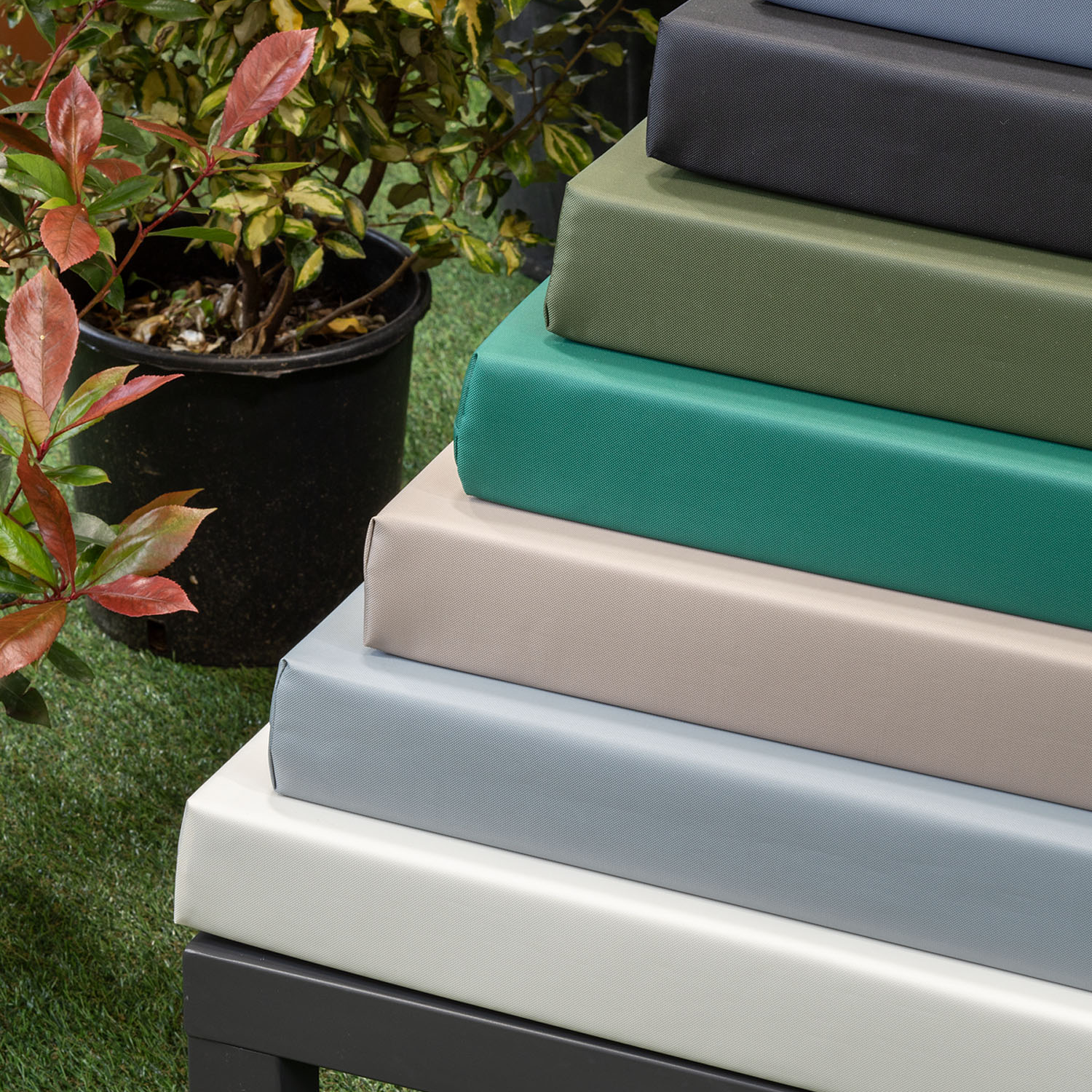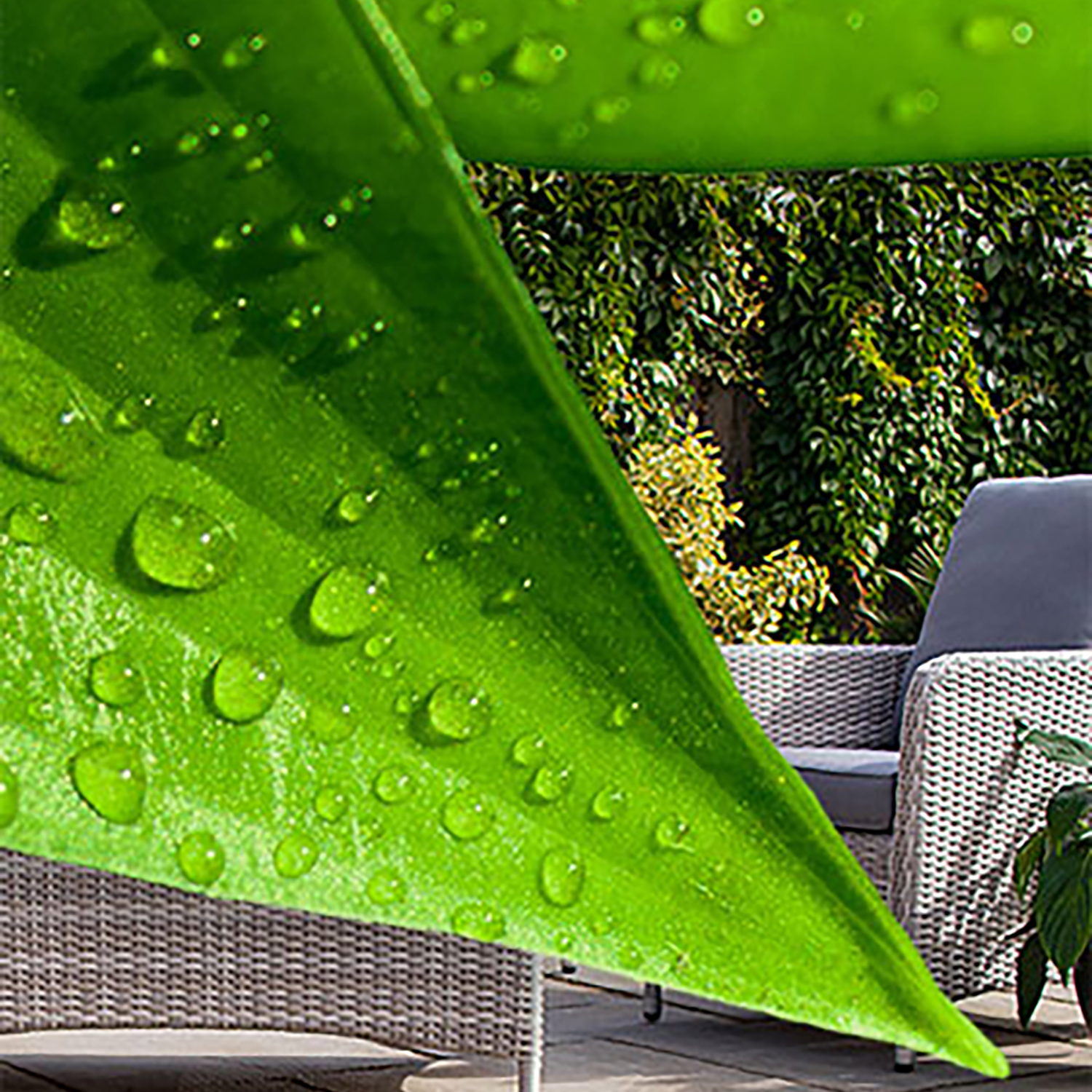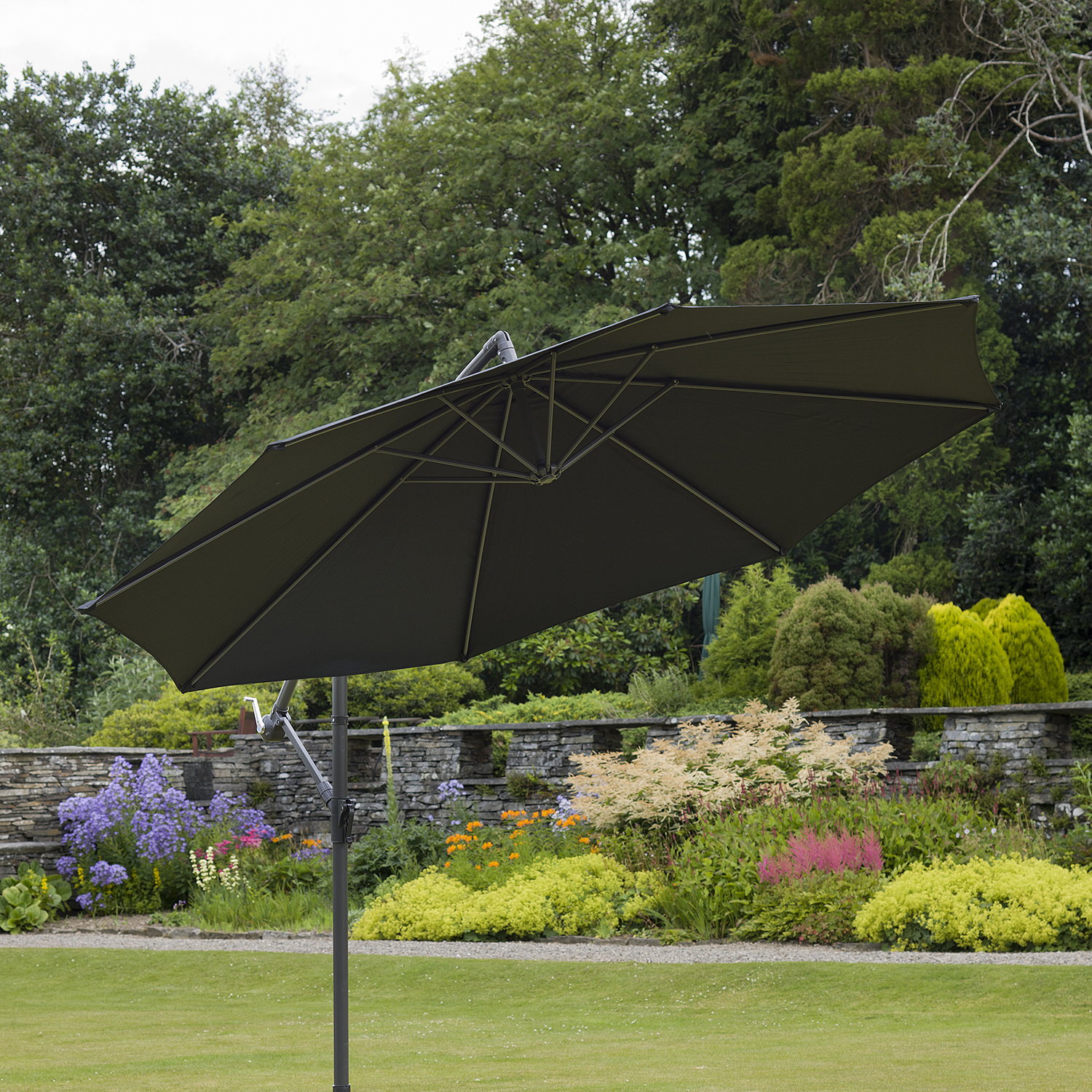
How to Restore Garden and Patio Parasols
Can you restore garden and patio parasols?
The very origin of the word “Parasol” means to “shield from the sun” and still reflects how we enjoy them in our gardens and on our patios to relax or entertain while sheltered from the weather.
If you have bought high-quality outdoor parasols and looked after them properly, they will give you pleasure for many years. If however, either in time or by neglect they become worn, faded, or torn, does that mean you have to throw them out and spend a lot of money buying new ones?
Not at all. This article attempts to help you get many more years of enjoyment out of your garden “brollies.”
How do you restore the canopy of garden and patio parasols?
The largest and most visible part of your outdoor parasol is the canopy, which gives you the shade. Of course, that is also the part that is most exposed to the elements and is bound to show wear and tear first.
If the frame and ribs are still in good condition, you will only need to replace the fabric canopy. If the frame and/or ribs are damaged, or the canopy can be repaired without replacing it, please click here for tips on how to restore them too.
Restoration of the parasol canopy will depend to a large extent on its size, shape, and fabric. It can be round, octagonal, square, or rectangular and the sizes will vary greatly, usually from about 2m diameters to 4m diameter, but some could be as long or wide as 9m.
Buy a replacement canopy:
There are a host of companies who sell replacement canopies for all the standard sizes and shapes, in a variety of colours and fabrics, and there are even some who will make it up according to your specifications.
All you have to do is select your fabric and colour and give them the right measurement.
Measuring square and rectangular parasols:
- Measure the length from the outside frame edge to the outside frame edge on the other side to obtain the length, and measure from the inside edge to the inside edge on the other side for the width.
Measuring round, hexagonal (6 ribs), or octagonal (8 ribs) parasols:
- With the parasol closed, start from the tip of one of the ribs up to the centre hub on the outside. This gives you the radius. Multiply this by two for the diameter.
- Tell the supplier which shape it is and how many ribs there are.
- Measure the size of the rib (width and breadth) to determine the size of the pockets.
- When you receive your new canopy, starting from top to bottom, you simply follow the steps below to slip it onto the frame by stretching the material, or fixing any securing screws and caps.
How to replace the canopy on a cantilever parasol or a freestanding parasol.
- Close the parasol and fold the frame.
- Unscrew the finial (decorative cap or knob in the centre on top of the parasol.)
- Using a ladder, loosen any zippers, screws, straps, caps, or other devices holding on the canopy, and slip the ribs out of the pockets. Pull the old canopy down.
- Wrap together the ribs so they will not tear the new fabric and pull on the new canopy.
- With help, pull on the new canopy, stretch the material to slip the ribs into the pocket and reconnect any fasteners and caps.
- Replace the finial.
How to replace the canopy on a parasol with vented top:
- To remove the old canopy, follow the steps above, first for the vent and then for the canopy below it.
- To fit the new canopy, follow the steps above, starting with the canopy and the for the vent.
Make your own parasol canopy
- If you are one of the privileged few with the skills to sew your own new canopy, the recompense could be even greater.
- Select the right material and colour.
- Measure the canopy, or use the old one as a template to cut the new canopy, remembering the overhang and fringe, if any.
- Cut the material for the pockets.
- Using an industrial or heavy-duty sewing machine, stitch together your new masterpiece, adding the pockets, overhangs, and fringes.
Which is the best fabric for outdoor parasols?
- Polyester, polypropylene, and acrylic fabrics are
- waterproof and highly resistant to stretching, tearing, abrasion, mould, and mildew.
- They are also lightweight and the best quality polyester or polypropylene will have a high UV rating, protecting you from the sun.
- They are also easy to clean and dry quickly because they do not absorb water.
- Fabrics made from polyester, acrylic or polypropylene blends will also serve you well, but it is better to avoid nylon.
- A higher thread count in any of the above fabrics, indicates durability, waterproofing, UV protection, and softness. For the best quality, choose a lightweight but high-density fabric. They are more resistant to stains, mould, and mildew, and do not fade easily.
- In less robust areas where appearance and style are more important, you can select silk or cotton.
Now remember to properly protect your restored parasol to enjoy it for many years.
- Here are some tips to make them last a very long time:
- Use good quality covers
- ClearSpell covers are made for each of the types, shapes, and sizes of parasols.
- They are lightweight and easy to fit.
- They have an exceptional UV rating of 50+ to protect your parasols from being damaged by the sun and from fading.
- They are waterproof and protect your parasols against mildew and mould where water builds up in the folds of the parasol.
- Your ClearSpell cover will also keep the arms/ribs of your garden parasol in position to prevent them bending or breaking.
Keep them clean
- Regularly brush or hose down your outdoor parasol to remove dirt, debris, and bird droppings which can harm the fabric or create spots where mould can grow.
- Allow your garden umbrella to dry properly before closing it, to prevent moisture build-up and mildew.
Close and secure them when not in use.
- For periods longer than a day or two, put on their covers.
- They will stay in much better shape and are less likely to be damaged when falling over.
Proper storage during winter or for long periods.
- Clean and dry them first.
- Secure all the parts, such as the pole, cantilever, etc.
- Fit the proper size Duraspell cover and secure the rip-stop and security tabs. Wrap the exposed pole with plastic and tape it down.
- Store your garden or patio parasols in a dry location, where there is no danger of dampness or water leaking in.
- Store them lying down on a shelf, standing up on a base keeping them away from the floor, or hanging from a beam, where they are supported and away from other objects that might bend or misshape them, and away from regular traffic where they might be bumped or damaged.
Please check our buyer’s guide if you need help working out what size garden corner set covers you require. Click here

